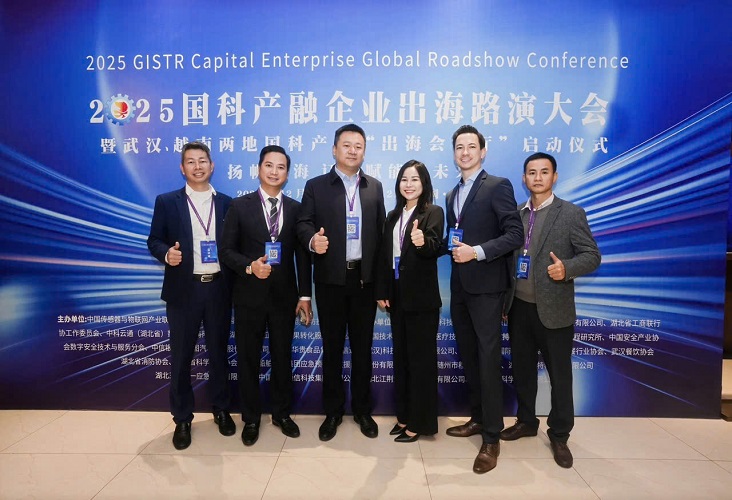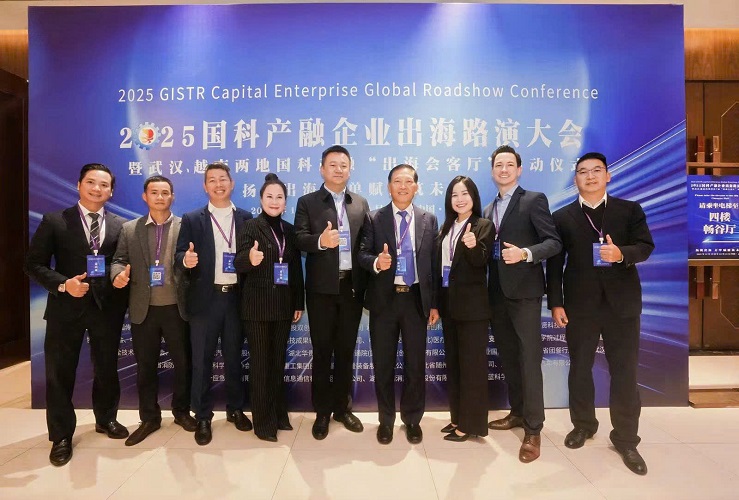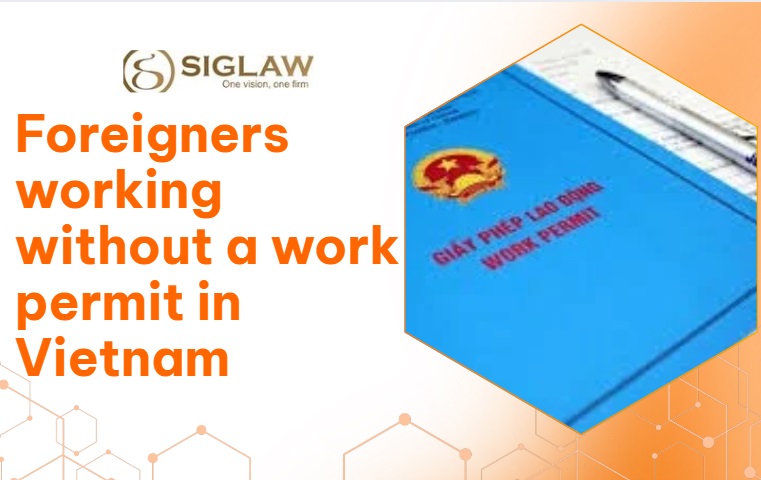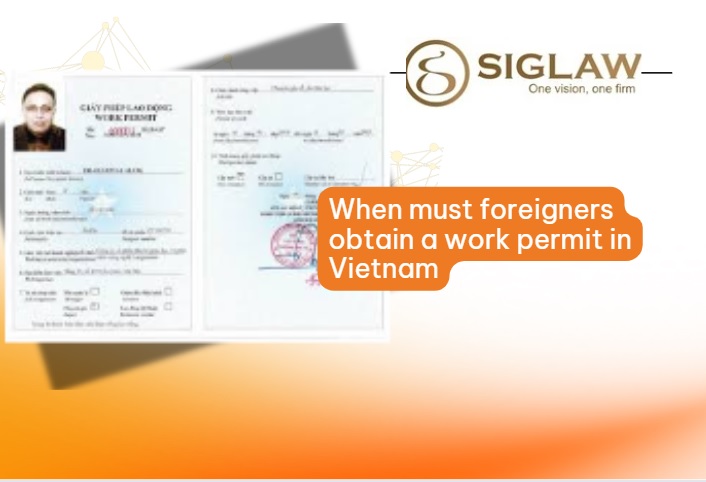LEGAL BASIS
- Law on Enterprise 2020;
- Competition Law 2018.
PROS AND CONS WHEN IMPLEMENTING M&A FOR MINING AND MINERAL ACTIVITIES
Difficulties in implementing M&A with mining and mineral projects
- M&A activities consume a lot of money to hold control of the business;
- Legal issues related to M&A are very complex and also require high costs. Especially when mining and minerals are a rather sensitive industry, it can harm national security and defense if not implemented properly. Vietnamese law does not prohibit foreign investors from exploiting minerals, but they must meet the same mining conditions as domestic investors.
- Focusing on acquiring a business can take advantage of other buying and selling opportunities that provide better returns. Some mergers and acquisitions failed to achieve their original goals, even had to be dissolved because of losses like Central Group’s Robins.vn, causing many large enterprises to consider carefully before deciding to carry out M&A, at the same time, must accept and be prepared for possible financial risks and losses. The reality is similar with mineral companies when the risk of reserves also affects the business’s economy. Reality shows that there are research mines that are predicted to be highly feasible, but the results are completely opposite.
- Mergers or acquisitions may cause conflicts due to differences in corporate culture, management methods, etc., creating difficulties in management and operation activities and causing a market share decline.
Advantages of M&A with mining and mineral projects
- After a successful M&A, The business’s scale is grown to help improve its economic efficiency. The distribution scope of products is expanded and promoted, bringing greater revenue opportunities and positively impacting the company’s profit.
- Reduction of labor costs: The re-establishment of the enterprise through mergers enables businesses to organize and eliminate underperforming jobs while utilizing highly effective human resources.
- Improving technology-technical level: Taking advantage of new technologies (if any) from the merged company will increase the competitive advantage for the business.
M&A PROCESS OF A MINE AND MINERAL PROJECT
Stage 1: Preparation (Pre-M&A)
This is the preparation phase for the M&A in the mining and minerals industry, which plays a vital role in the success or failure of mining and mineral M&A activities. So, Phase 1 can be divided into the following main steps:
Step 1: Develop an M&A strategy for mining and minerals: The seller must carefully plan and prepare, clearly define the goals when performing the M&A, the method of acquisition or merger. At the same time, find out and evaluate (overall, detailed characteristics, etc.) the seller to see if the seller and the buyer have reached the official transaction stage or not. This is the key to successful trading. The buyer also needs to determine the merger’s purpose and the buying enterprise’s characteristics to limit the disadvantage for themselves.
Step 2: Approaching the target enterprise: This is also the step where the buyer needs to establish criteria (profit margin, appropriate geographical location, customer segmentation, etc.) to select a mining and mineral business that has the potential to bring in high profits.
The approach to the target mining and mineral company can be conducted through: the seller’s self-marketing, searches of the buyer’s information network, or through consulting units and brokerage organizations in the same field of business investment or M&A consulting units.
It is important to note that the reach of the acquired mining and mineral company will depend on the Seller’s preliminary assessment based on the following factors before deciding to proceed to the next step of the acquisition process: The target enterprise must have activities in the field of mining and minerals similar to the buyer’s development orientation; Mining and mineral companies to be M&A have an existing source of customers or partners or a certain market share in the market that the Seller can continue to exploit in accordance with the Buyer’s market acquisition strategy; Mining and mineral companies that are M&A with long-term or medium-term investment scale that can be utilized as a result of technology investment, management experience, and skilled labor; Prioritize mining and mineral companies that are M&A with advantages in terms of land, facilities and infrastructure to minimize initial investment costs; The target enterprise occupies a certain position in the market, helping the buyer to reduce short-term costs and increase market share, taking advantage of the ability to cross-sell services to further consolidate and create new business investment opportunities.
Step 3: Due diligence Report: Based on the preliminary assessment from step 2, the Buyer works with professional legal and financial advisors to evaluate the entire mining and mineral company before making a decision.
However, reality shows that the Seller is not required to provide all the company’s internal information related to its internal information management regulations, requirements of shareholders, etc. As a result, both parties can sign a non-disclosure agreement before the buyer can access the seller’s data.
In Vietnam, during this period, depending on the target enterprise and the needs of the buyer, the buyer usually organizes an assessment of one or both types:
- Financial Due Diligence Report (“Financial Due Diligence”): The main task is to check compliance with accounting requirements, loans from organizations and individuals, capital transfer, stability of cash flow (taking into account the business cycle), checking asset depreciation and debt recovery, etc.
- Legal Due Diligence Report (“Legal Due Diligence”): The main task is to fully and in detail assess legal issues such as legal status, capital contribution and status of shareholders, legal rights and obligations of the target enterprise, assets, labor, projects, etc.
Although it is only one step in the overall M&A process, the results of a detailed valuation report are essential for buyers because they help them understand and summarize issues that need to be addressed in an acquisition or restructuring of a mining and mineral enterprise.
Stage 2: Negotiation and implementation (M&A signing):
Step 1: Negotiating and signing M&A: As the result of detailed legal or financial due diligence, the Buyer clearly defines the goal of acquiring the whole or only a part, which serves as the foundation for M&A negotiations. At this time, take note of the following:
Firstly, each feature of the type and variation of the M&A transaction form must be thoroughly researched to negotiate the appropriate and effective contents. Because in fact, merger and acquisition always go together, but the legal nature is different: while the acquired company (Merge) no longer exists and is wholly acquired by the seller, with the merger (Acquisition), the two parties are consolidated into a new company instead of operating and owning separately. In “Acquisition” itself, there are many variations, such as horizontal acquisition, market expansion acquisition, consolidation acquisition, product expansion acquisition, group acquisition, etc.
Second, sometimes it is difficult for the Buyer and the Seller to reach an agreement on a price because the Buyer often offers too high a price and the Seller can only pay a lower price. To address this issue, the parties to the mining and mineral M&A transaction can appoint an independent, objective due diligence unit to determine the value of the Buyer.
Third, this step produces a contract that details the form, substance, and price of the M&A transaction. If successful, the process of M&A for mining and mineral companies is about to be completed. The M&A contract is the expression and recognition of the parties’ commitments to the transaction, so the M&A contract needs to be concluded and checked to ensure full rights and benefits for the parties involved in the transaction throughout the M&A process.
Step 2: M&A Legal Procedures: Any acquisition of the company by the Buyer is not authorized by law until the legal process related to the approval of the transfer from the Seller to the Buyer has been completed, particularly concerning property, rights and liabilities. When this step is completed, the M&A deal can be considered closed. The legal documents and procedures to complete the M&A for mining and mineral companies include:
Firstly, because mines and minerals are a business sub-sector under the Ministry of Natural Resources and Environment, enterprises that want to merge or acquire mining and mineral companies need to meet the conditions set forth in Article 5 of Circular 21/2021/TT-BTNMT on conditions for merger and consolidation of public non-business units, such as:
- There are adjustments in functions, duties and powers to be consistent with the national sector planning or the planning of public non-business units (if any) approved by competent authorities, ensure improved operational efficiency and meet the regulations on the minimum number of employees specified at Point d, Clause 1 of this Article;
- Failure to meet the criteria for establishing a public non-business unit as prescribed by law;
- The rearrangement of the units ensures that the units’ existing level of financial autonomy is not diminished; In the case of consolidation or merger of public administrative units with different levels of financial autonomy, the degree of financial autonomy of the public administrative units after the consolidation or merger shall be determined by a competent authority decision;
- Public non-business units abroad: In addition to satisfying one of the conditions specified at Points a, b and c of this Clause, it is necessary to ensure compliance with the Party’s and State’s foreign policies and agreements between the Government of the Socialist Republic of Vietnam and the Government of the host country on the reorganization and operation of public non-business units
- Not on the list of business lines in which the transformation of public non-business units into joint-stock companies is made under the decision of a competent authority.
- The merger or consolidation of a public non-business unit must not reduce the current level of financial autonomy; In the case of merger or consolidation of public administrative units with financial autonomy at four different levels, the degree of financial autonomy of public administrative units after the merger or consolidation shall be determined by a competent authority’s decision.
Second, dossiers to carry out M&A activities in mining and minerals:
| STT | Types of documents for mergers of mining and mineral companies | Type of document for the acquisition of mining and mineral companies |
| 1 | Merger contract | Enterprise acquisition contract |
| 2 | Minutes of the meeting and the decision of the merging company to approve the merger contract | Notice of change of business owner |
| 3 | Meeting minutes and decisions of the merged company to approve the merger contract, except where the merged company accounts for 65% of the contributed capital, voting shares of the merged company. | A valid copy of the document certifying the inheritance right to inherit the mining and mineral company. |
| 4 | Valid copies of Enterprise Registration Certificates or other equivalent documents of the merged companies. | Valid copies of personal papers/certificate of information of the Buyer such as: ID card/CCCD/Passport or Certificate of business registration |
| 5 | Some other relevant documents | Some other relevant documents |
Third, procedures for M&A in mining and minerals.
| Procedures for Merger of mining and mineral companies | Procedures for Acquisition of mining and mineral companies |
| Step 1: Prepare the merger contract and the Charter as prescribed. | Step 1: Do procedures to change the business owner |
| Step 2: Prepare all documents as instructed above. | Step 2: Submit the application at the Business Registration Office – Department of Planning and Investment of the province/city where the enterprise is headquartered. |
| Step 3: Submit the dossier to the Business Registration Office (Department of Planning and Investment) where the merged company is headquartered. | |
| Step 4: Receive a new Certificate of Enterprise Registration or a Certificate of Change in Enterprise Registration. | |
| Step 5: The business registration office will update the termination status of the merged company. | |
| Completion time: 5-7 working days from the date of receiving valid documents |
Stage 3: Corporate restructuring (Post-M&A):
Post-M&A restructuring is a conundrum for the acquirer in order for M&A to succeed. The problems that buyers face during this period are often instability in human resources, inconsistent management policies, conflicts in corporate culture, etc.
In addition, the resolution of legal and financial issues may have been guided by an in-depth assessment, but it is still possible to thoroughly address the backlogs. Whether the acquired company is effective depends on the acquirer’s capacity and experience.
Another problem causing headaches for management during the post-M&A restructuring period is the re-evaluation and use of human resources of the acquired company. Because in the due diligence stage, buyers are often only interested in financial, legal and other issues about the property, ignoring other issues related to the condition of employees.
For a free comprehensive M&A consultation, please contact:
Siglaw Firm
Head office in Hanoi City: No.44/A32-NV13, Gleximco A, Le Trong Tan Street, Tay Mo Ward, Ha Noi.
Email: vphn@siglaw.com.vn
Branch in the South: No.103 – 105 Nguyen Dinh Chieu Str., Xuan Hoa Ward, Ho Chi Minh.
Central Branch: 177 Trung Nu Vuong Street, Hai Chau District, Danang City
Email: vphcm@siglaw.com.vn
Hotline: 0961 366 238









